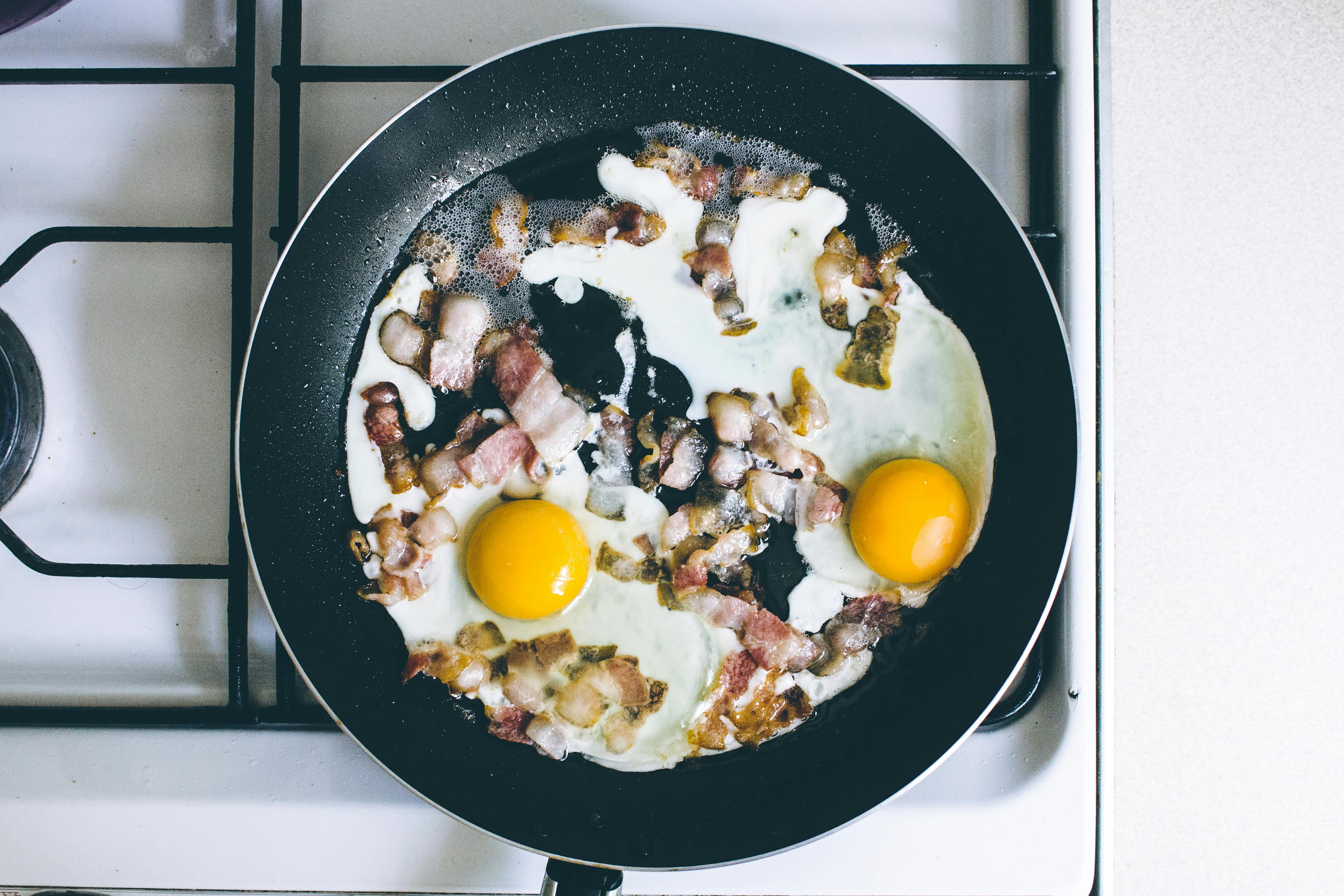Common Terms Explained
There are four main categories that are often confused or abused when it comes to plastics or food waste:
degradable
Biodegradable
compostable
Recyclable
We have also included an explanation of oxo-degradable products.
degradable
These are plastics or polymers that are technically ‘degradable’, meaning they can be broken down (either by hammering or through a chemical process). These are petroleum based and will not decompose in a landfill unless exposed to heat or sunlight, in other words if you bury them in a landfill they will not decompose.
Plastic cutlery
Additionally, the chemical byproducts produced by these mean they cannot be placed with biodegradable or compostable waste, as these have the ability to contaminate entire batches of biomaterial.
Example: plastic forks, milk bottles, and single-use plastic bags made from high-density polyethylene (HDPE), and the low-density polyethylene (LDPE) used to make plastic wrap, thick plastic bags, and toys.
Recommended product: disposable birch wooden cutlery or reusable bags.
Biodegradable
These are plastics/polymers that contain additives that increase their ability to break down faster under the right conditions in the presence of oxygen. These additives allow microorganisms such as bacteria, fungi, or even worms to consume the material, breaking it down into water, carbon dioxide (which is then returned to the earth to complete the natural carbon cycle), and biomass, another name for organic matter.
This term, however, has become confusing, as although biodegradable products technically break down faster, it can still take months or several years before this process occurs. This can make choosing products labeled biodegradable misleading. Tip: Look for a transparent manufacturer that indicates how long their products take to degrade.Envirochoice Fresh View Container
Biodegradable products also have the potential to release methane (a harmful greenhouse gas) if disposed of in a landfill, which means it’s incredibly important to sort and recycle them at a dedicated recycling center or place them in your yellow bins. However, when properly collected, methane can become a very valuable resource (for example, your natural gas supply is made up of methane).
Side Note: See “Other Points Below” for more on biodegradable organic material.
Example; bioplastics, wood or paper products, vegetable residues, coffee grounds.
Recommended product: Envirochoice disposable plates.
compostable
These are plastics (also known as bioplastics) that break down into “black gold” or nutrient-rich fertilizer under the right controlled conditions. Instead of petroleum or polymers, they are made from organic matter already considered ‘biomass’, such as corn or vegetable oils, and contain no chemical additives.
According to Australian standards, a product can be labeled ‘compostable’ if 90% of it will biodegrade within 180 days of composting.
What is not widely known is that to fully complete this composting cycle, the bioplastics must be composted in an industrial composting facility (such as this one). These facilities provide the temperature, humidity, and constant turning necessary to facilitate decomposition.
While you can compost these products at home, they are unlikely to successfully break down into usable fertilizer.
Example: bioplastic packaging, plant-based coffee cups, fruit and vegetable scraps.
Recommended product: Envirochoice mugs and mugs enviro.
oxodegradable plastic
These plastics that contain a special additive designed to break down in conditions rich in oxygen, heat and sunlight. They also do not emit methane as they degrade.
The degradation process (around 18 months) is somewhat unique in that although oxo-degradable products are made of plastic/polymers, once exposed to oxygen they become brittle and break down into a form that can be ingested by microorganisms, and eventually become carbon dioxide and biomass as well as biodegradable products.
However, there is considerable debate as to whether or not oxodegradable plastic should be recycled with biodegradable products, as some say they have the ability to affect the biological breakdown process of these products.
Example: Oxo-degradable straws.
Recommended product: Coming soon we will have landing of oxo-degradable straws! Subscribe to our newsletter or visit our Facebook page to stay up to date.
Recyclable
These are products that can be recycled into new items if they are placed in your yellow bin for collection.
Example: glass, paper, plastic and metals. More information about what you can recycle here.
recycling
These are items that have been made from items that used to be something else.
Example: plastic lunch boxes, cardboard containers
Recommended product: Fresh View recycled enviro packs.
Other points to keep in mind regarding recycling/composting:
Organic matter, such as food waste and coffee grounds, emit methane gas (25 times more toxic than carbon dioxide) if deprived of oxygen in a landfill. This is where your garden compost comes in handy!
If in doubt, leave it out. If you’re not sure if your item can be recycled, it’s safer to leave it out of the recycling bin than to contaminate recycled products (even though sorters may catch it).
Recyclable materials include newspapers, paper, magazines, cardboard, glass bottles and jars, plastic containers such as juice, milk, ice cream, margarine, and yogurt bottles, aluminum, including beverage cans and aluminum trays, and steel cans.
Collect soft plastic bags and take them to a recycling center.
Some things, like plastic bottle caps or plastic knives and forks, can’t be recycled because they’re too small for sorters; however, you can place them in a larger plastic container.
Always clean your recyclables before you throw them away and remove the lids. Liquids and trapped air can slow down the recycling process.
You can recycle milk/soy cartons at most facilities. Be sure to rinse, dry, and flatten these out.
The easiest way to recycle is not to have to! Try to integrate reusable products like cloth bags and stainless steel water bottles into your life as much as possible.


